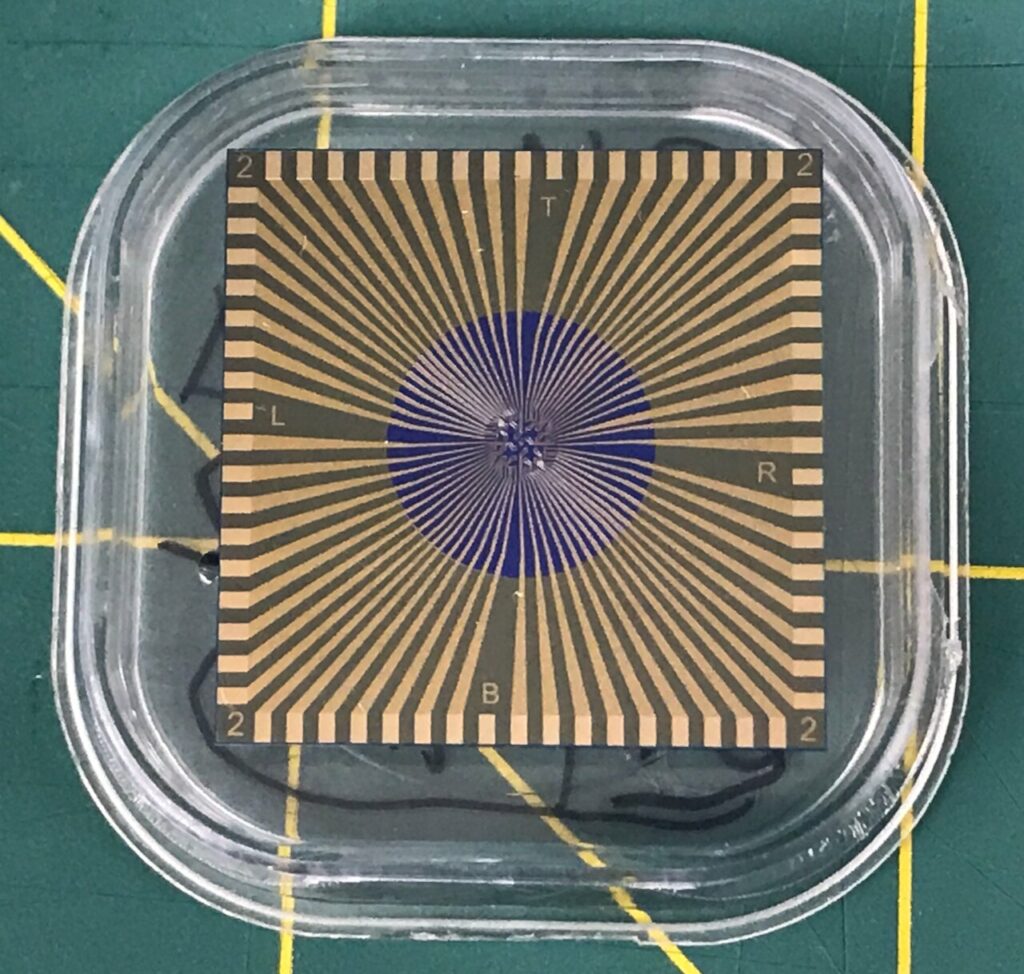
We’ve said it before, and we’re saying it again now: COVID-19 is much more dangerous than the flu. However, the two viral infections share some symptoms, such as fever and cough. In anticipation of the upcoming flu season in autumn and winter, researchers at the University of Texas are now working on a sensor that can differentiate between the two types of viruses from a single sample.
Having the flu during the pandemic can be confusing and downright scary since some of the symptoms overlap. Do you quarantine yourself because you’re not sure what’s going on? Do you go straight to the hospital to get a test, where you might actually risk contracting a coronavirus infection?
Researchers at the University of Texas are working on a dual test that might dispel such concerns, potentially saving millions in tax dollars and many man-hours for medical personnel.
“With a second wave of the coronavirus likely to appear right as we get into flu season, there’s an urgent need for diagnostics that can differentiate between COVID-19 and influenza,” said Deji Akinwande, a professor in the Cockrell School of Engineering’s Department of Electrical and Computer Engineering.
Previously, Akinwande and colleagues created a graphene-based biosensor that accurately detects iron deficiency in children. Graphene, the atom-thick sheet of carbon arranged in a honeycomb-shaped lattice, is very sensitive to charged particles. When combined with anti-ferritin antibodies, the biosensor becomes reactive to that one biomolecule.
Graphene is so sensitive that it can even detect tiny biomolecules, such as viruses.
“It became clear that just by changing the antibody, we could pivot the platform to focus on the coronavirus,” Akinwande said.
The dual test would be infused with antibodies of both the coronavirus and influenza, with one side being sensitive to COVID-19, while the other side reacts only to the flu.
The sensor, which is no larger than a micro USB drive, would save precious resources and save time for medical personnel. It would also reduce the usage of nasal swabs, currently in short supply.
Although there have been no sanctioned experiments yet, the research team plans on initially using inactive samples of coronavirus and influenza for their first tests. These early results will determine how well the sensor can connect to the coronavirus’ spike protein, which it uses to bind to human cells and cause infection.
If the prototype is proven effective, mass production will be ramped up as soon as the researchers find a suitable partner. For now, the dual test is supported by a grant from the National Science Foundation.









